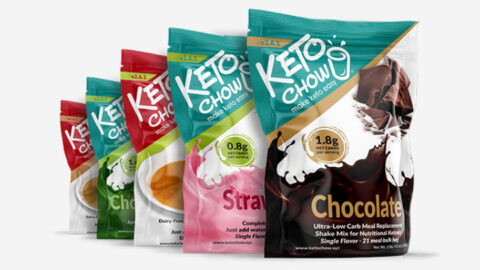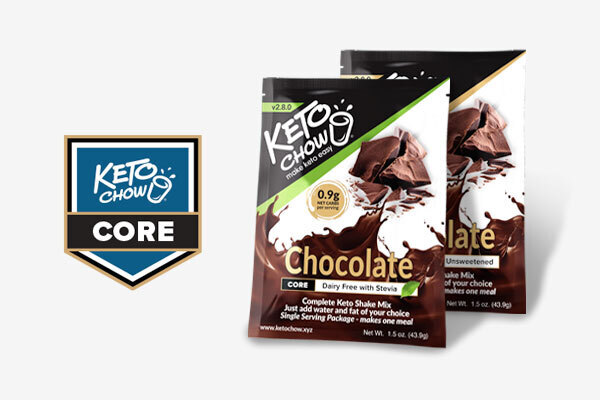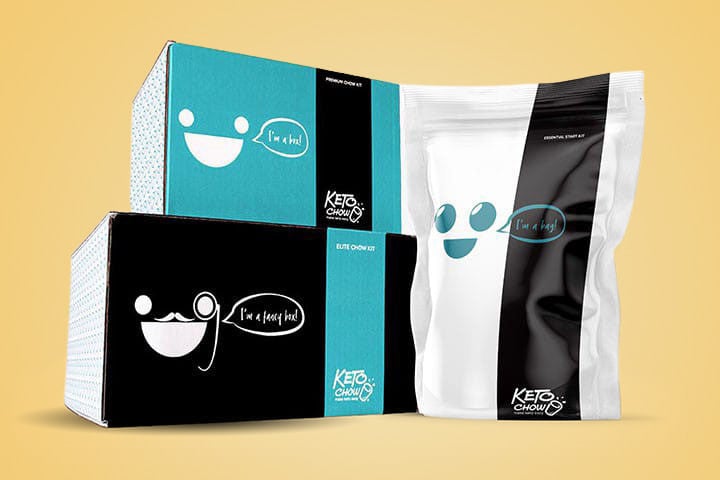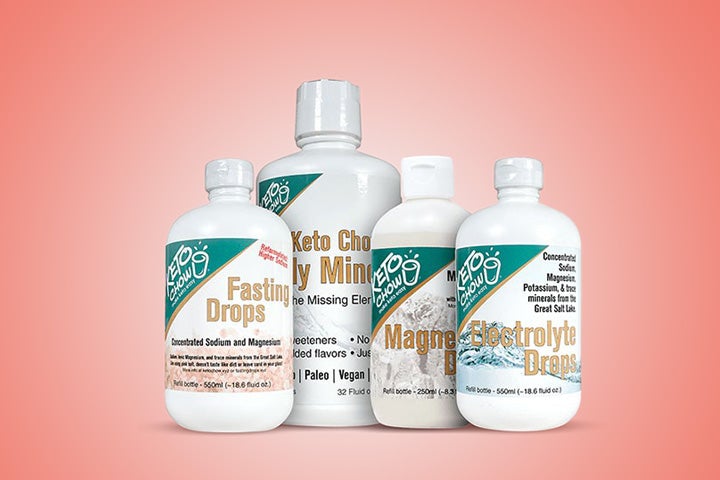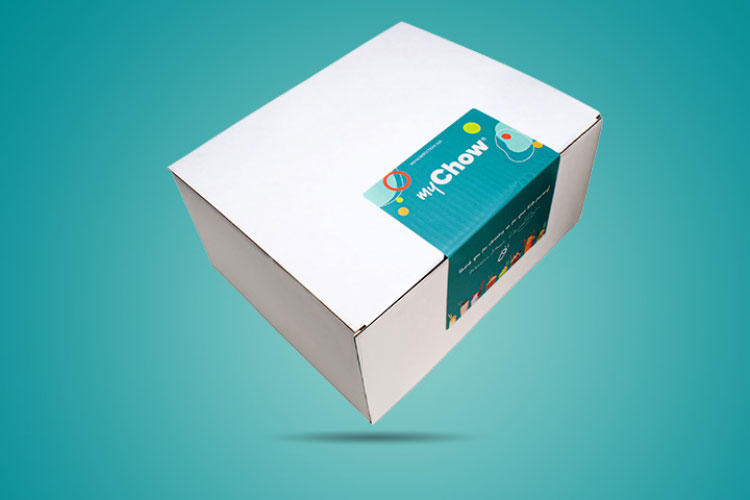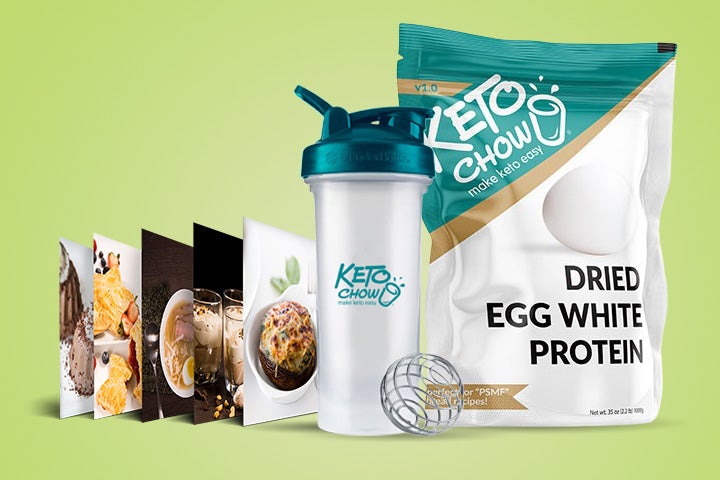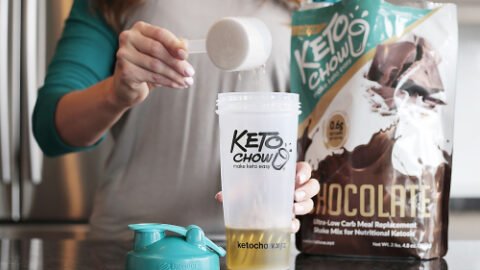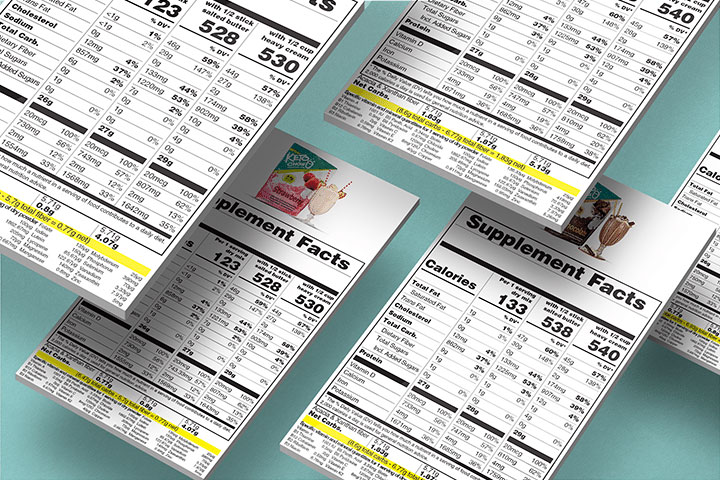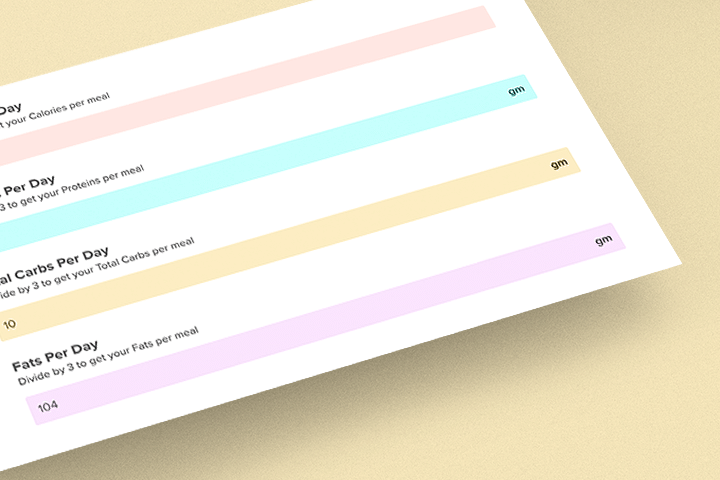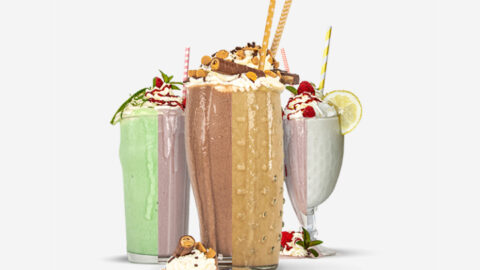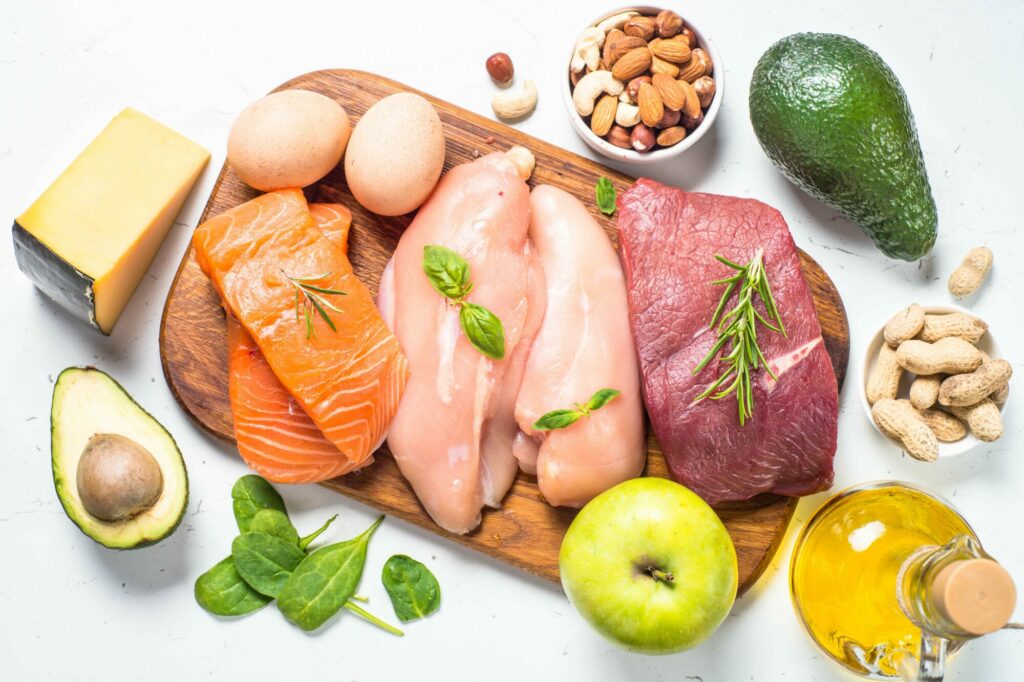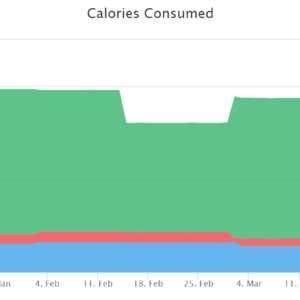The really short version is: “keto” (or a well-formulated ketogenic diet/lifestyle) is quite literally any way of eating that allows your body to produce a form of energy known as ketones (hence the term “ketogenic”). It’s measurable by your metabolic response and is, therefore, a pretty clearly definable thing (though that doesn’t stop people from making it confusing!).
“Low carb” tends to encompass a wide range of ways of eating and lifestyles that are lower than 300g of carbohydrates a day. Anything from almost zero carb/carnivore up to 150 or 200g of carbs a day is technically low carb when compared to the Standard American Diet.
A keto diet is low carb, but low carb is not necessarily ketogenic. Got it? =)
A history of lower carb diets

Lower carbohydrate diets have a really long history, though you will find their first real moment of popularity in 1869 with William Banting, a (formerly) obese British undertaker who was extremely surprised to discover that when he stopped eating bread, cakes, potatoes, rice, and such, his health improved dramatically and he stopped being obese!
He wrote a small book that he self-published called “Letter on Corpulence, Addressed to the Public.” It’s not an easy read, but thankfully the Noakes Foundation has a “translated” version in modern English that’s far easier to understand. William Banting was so influential that, especially in areas heavily influenced by England, a low-carb lifestyle is still referred to as “Banting.”
Low carb diets were also used as the only viable treatment (aside from fasting) for diabetes before the discovery of insulin. Books on treatment for type 1 diabetics from that period are surprisingly similar to what you would currently find recommended for a well-formulated ketogenic diet and full of foods that our ancient ancestors would have absolutely feasted upon before the advent of agriculture.
The massive amount of carbohydrates that you find in the Standard American Diet makes the definition of “low carb” pretty broad and encompassing. Most people in the keto community would not consider 150g of carbohydrates in a day to be low yet that amount is often referred to in scientific studies as being “low carb” (especially in studies that claim to show little to no benefit from low carb diets compared to other ways of eating).
How do I know what’s really keto?

Since keto by definition is a way of eating that allows your body to produce ketones, the sole criterion for what is and isn’t keto is what allows your body to achieve that ketogenic state.
That does sound a bit like playing semantics but it is important to know that what may be keto-friendly for one person may not be for another. There are some good general guidelines that can help you get started finding out what works for you, but one person’s recipe for success may not work at all for you.
Macronutrients, Grams, and ratios
The original keto diets (back in the early 1900s) were used to treat childhood epilepsy. For that kind of keto, you would typically see something like 75% of calories from fat, 20% from protein, and 5% from carbohydrates.
There are a lot of people that unfortunately think that ratio percentages like that are how you do a ketogenic diet for other purposes, like weight loss. Unless you are treating seizures, the correct way to do a ketogenic diet is with specific amounts of protein, fat, and carbs—measured in grams, not in percentages.
Carbs

Carbs are an upper limit, meaning you want to stay at or below your macro number. For most people, trying to get fewer than 50g total carbohydrates per day, with fewer than 20g of net carbohydrates is a good starting place. Some people can also deduct allulose and other sugar alcohols from the net carbs, but others find it doesn’t work for them.
You want to meet or exceed your protein goal. There’s a thing in your body that can turn protein or fat into glucose but it’s DEMAND driven, not supply-driven. So long as you’re keeping your carbohydrates low, your insulin will be low as well and too much protein isn’t something to be concerned about. (Translation: no, that steak is not going to turn into a cookie as your body metabolizes it.)
Protein

Too little protein is a problem. Without enough, you’ll see things like hair loss, lean muscle loss, and poor satiety (hunger). Protein is your friend, don’t fear it!
Fat

Fat is more variable. If your insulin is low, your body will be able to supply fat using your body’s reserves. If you are just starting keto, your insulin is likely high enough that the fat is locked away and you will not be able to access it readily.
Here’s the rub: you’re not eating carbs so you don’t have glucose, but you also can’t access stored fat so unless there’s sufficient fat on your plate, your cells will not have any sources of energy and you’re going to get hungry.
The solution is to make sure you are getting sufficient fat until your body figures out what it’s doing and can pull from storage. As you’re beginning keto, throw some extra butter on your steak, add some more heavy cream to your diet root beer. After you’ve adjusted, then you can start running a caloric deficit.
Salt

During this transition, get salt. Like: a lot of salt. Not to be melodramatic but everything you’ve been told about limiting salt consumption is dead wrong and has no application to a ketogenic diet with low insulin levels unless you have some severe medical conditions.
Salt your food. Salt your drinks. Eat some pickles. Drink some pickle juice. Make some chicken broth. Add more salt to your food. Failure to get enough salt will result in you feeling terrible and getting “keto flu.” (It’s not fun. I can speak from experience. That’s why I recommend using Electrolyte Drops.)
What does eating keto look like?

As mentioned earlier, a successful keto diet will look different for different people, but let’s take a typical person and talk about what they can eat.
(insert the keto food pyramid here)
The top priority is keeping carbohydrates at a minimum. That means no sugar, no potatoes, no rice, no bread, no starches.
Your second priority is getting your protein. For most of us, we’re going to need 80-150g of quality protein per day.
There’s a lot of discussion about optimal levels of protein, but some of the easier ones to figure out are:
- Take your current weight in kilograms (kg = pounds divided by 2.2) and eat that many grams of protein per day.
- Take your GOAL weight in pounds and eat that many grams of protein per day.
- Take your lean body mass in pounds, as measured by a DEXA scan, and eat that many grams of protein per day.
The figures you’ll come up with doing these are going to differ substantially, but they will all have you eating quite a bit more protein than you are expecting and are used to.
Your last priority is getting enough fat for you to be comfortably satiated. If you are getting the protein component right, you may not even need to worry very much about this last one, it’ll just kinda happen! If you’re on your last meal of the day and haven’t gotten “enough” fat, but you’re happily full, don’t worry about trying to add more!
Most people will find that almost any meal will work great on keto that consists primarily, or even entirely, of beef, pork/bacon, and/or eggs. All three of those (and other animal proteins) are an extremely safe “fallback” for when you have time to cook and don’t want to worry about it. You could also use Keto Chow in the same situation when you don’t have time to cook, or you’re craving some sweeter flavors.
In Conclusion

There are a lot more nuances to being successful on a keto diet, but here’s a quick rundown:
- Get as few carbohydrates as you can.
- Get a good amount of quality protein
- Find foods that are “safe” for you to fall back on: beef, pork, bacon, eggs, Keto Chow, and meat in general. Use these whenever you want and don’t feel like planning things out.
- Get enough salt.
